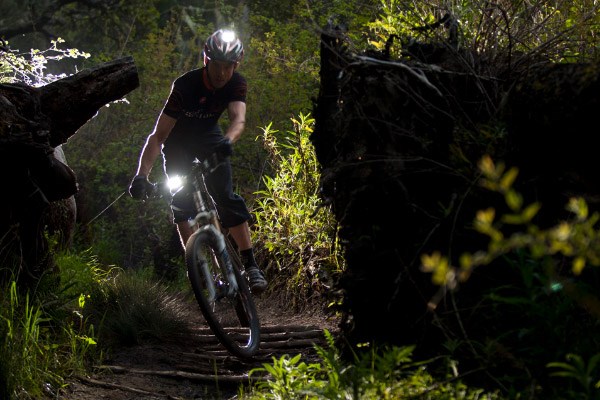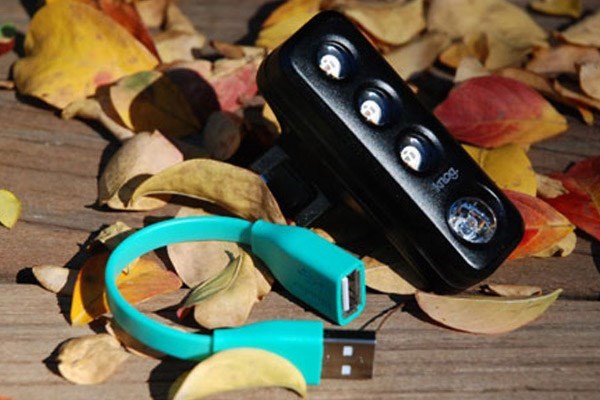If you ride lit streets and roads after dark you will need lights so you can be seen by other road users. If you ride roads and paths with no street lighting then a front light will be needed so you can see, not just be seen. The brightness of a light is measured in Lumen.
Mountain bikers who wish to ride trails in the dark will need two super-powerful front lights. Front lights almost always have a more powerful output than rear lights.
Lumen is the measure of the brightness of a light, though it is worth noting that not all brands measure in the same way. The lens has a massive effect on what we see lit ahead, some lights will have a widespread while others will be more of a spot.
We have a lights comparison tool and rear lights guide to help you choose the right bike light for your needs.
Commuter/Road Lights
What to look for
If you commute on lit-up city streets, you will need lights to be seen by, rather than to see by. A front light with around 100 lumens should be enough for city commuting, over 400 Lumen will be best if you ride fast or you live in a darker area. Add lumen to your front light requirements up to around 800 for a totally dark cycle path.
The more lights you have, the more visible you will be to traffic so ideally, you should have more than one light with one on flash mode so you are seen clearly at junctions and crossings by other road users. Flashing lights are much easier to see by others especially when it is raining.

Popular Front Bike Lights
Off-road Lights
Ultimate illumination
If you're a mountain biker and want to venture onto the trails after dark, you won't have any street lighting to guide you. That's when super-powerful front lamps with rechargeable batteries come into their own. Lighter units have the battery built into the light body, while the longest lasting and most powerful lights have a separate battery unit attached to your bike, in a bottle cage mount, for instance.
One light on the bars and one attached to the helmet work best. lights in this category tend to have thousands of Lumens. At this High-end the battery technology has vastly improved usage and charging time over cheaper lights. The mounts are designed to cope with the rigours of mountain biking, with lenses that optimise the magnification and spread for trail riding.

Popular Off-road Bike Lights
Batteries and charging
There are two main power sources for your lights: ordinary batteries such as AA which need replacing when they run out, or those with a rechargeable battery built in. Rechargeable lights used to be far more expensive, but there are now many cost-effective and compact units available which can recharge from your computer with a USB cable.
This makes them a brilliant option for commuters, who can charge them at their office desk during the day. There are other ways to charge your lights. Dynamo hubs store charge from your rotating wheel. They do require a new wheel to be built but need no power source other than your own legs. Modern dynamo hubs have very minimal drag and are the perfect choice for long distance touring a bikepacking. There are even a few solar power lights for totally carbon neutral cycling!

Technology
The majority of modern front lights use Lithium-ion batteries that give long burn times for relatively short charge time.
Most lights have different modes of power including a flash or strobe mode. Higher power modes will use more battery.
The lens has a large effect on the light, though there are variations most will give a spot with a wider but less bright halo around the centre.
Most modern lights especially those designed for off-road use will have a water-resistant rating with an IP number. In brief the larger the number the better protected against water and dust the light will be.
Lights commonly use either clamps or straps/bands to attach. For off-road lighting clamps are common helping the light stay in place over rough terrain, often featuring a quick release system.





